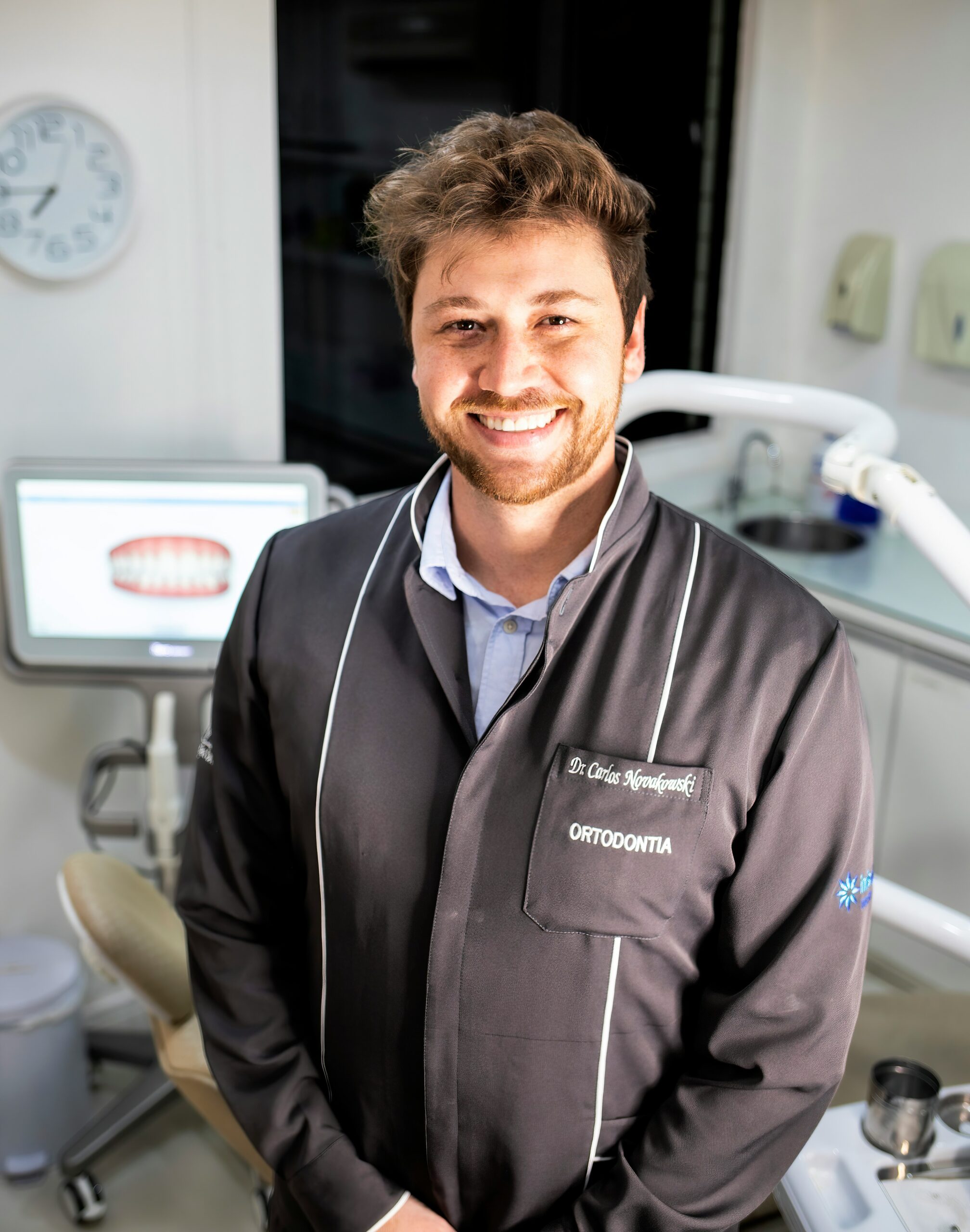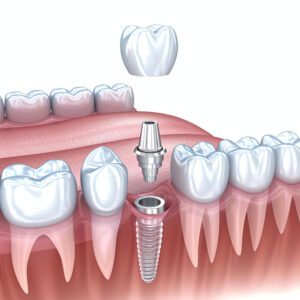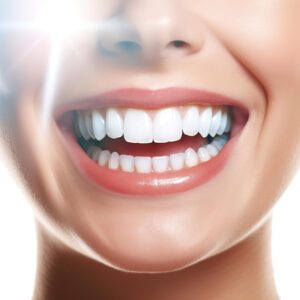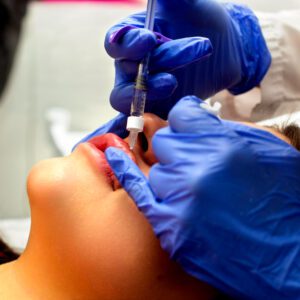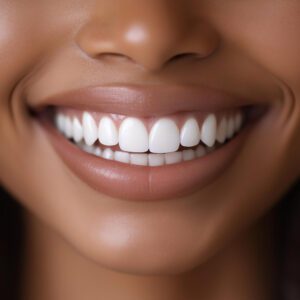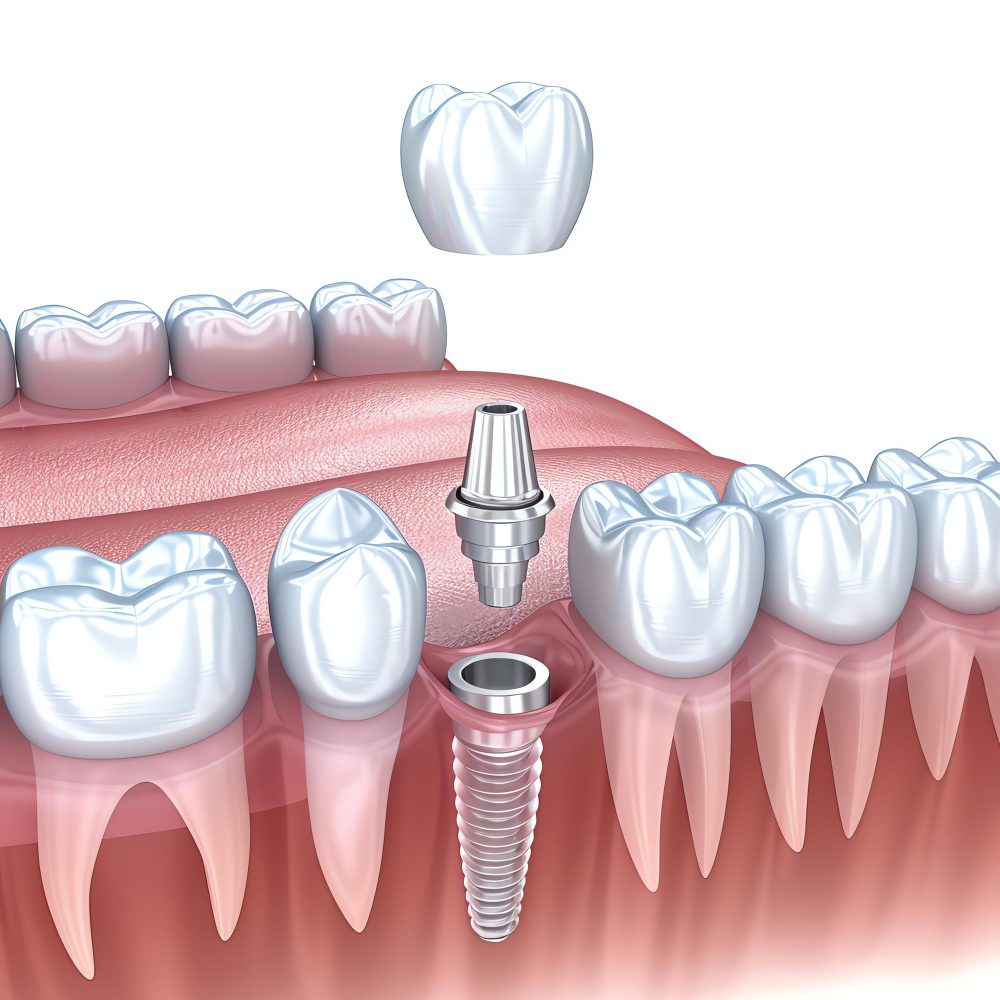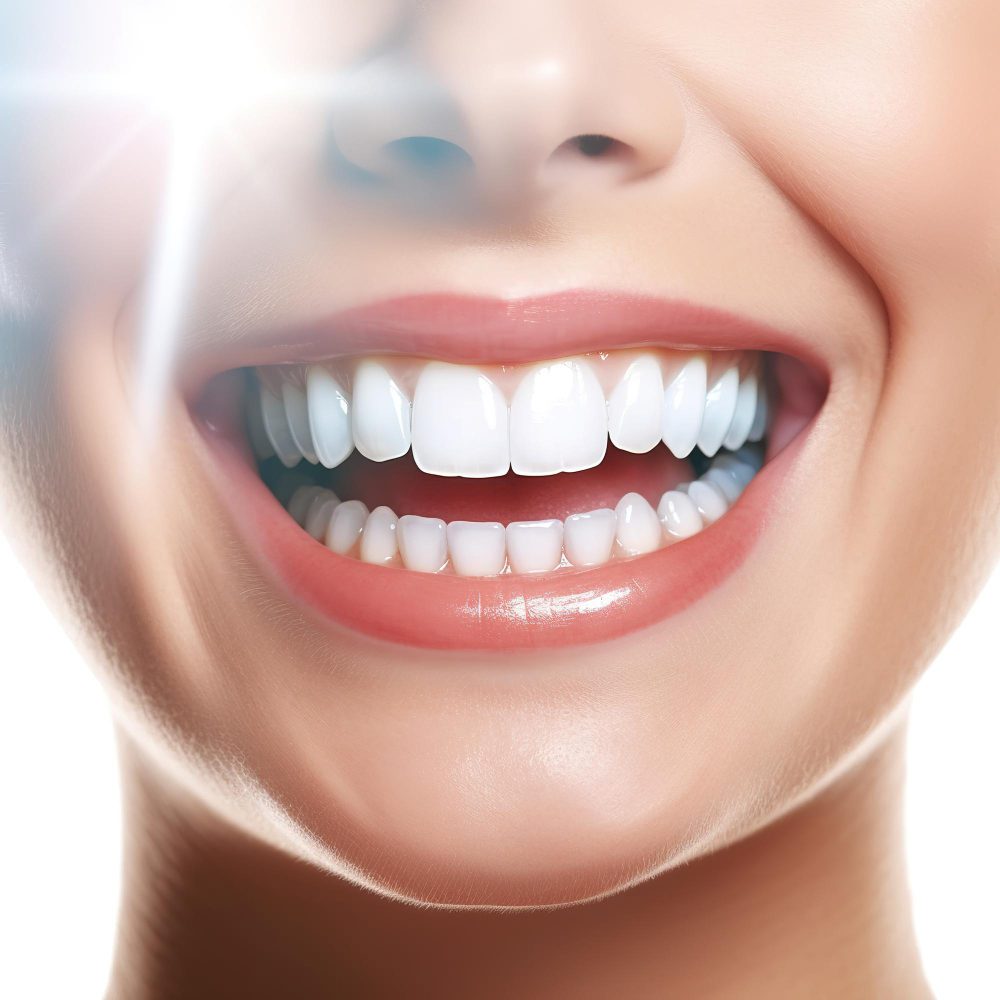Introduction to Prosthodontics
Prosthodontics is a specialized area within dentistry that focuses on the replacement and restoration of missing or damaged teeth. It plays a crucial role in enhancing oral function, aesthetics, and overall patient comfort. The field encompasses a variety of dental prostheses, which are artificial devices designed to restore the form and function of natural teeth. These prostheses can range from crowns, bridges, and dentures to more complex solutions, such as dental implants and prosthetic solutions for reconstructive surgery.
A prosthodontist is a dentist with advanced training and expertise in the design, fabrication, and fitting of dental prosthetics. They work closely with patients to understand their specific dental concerns and goals, enabling them to create tailored treatment plans. These professionals are skilled in not only enhancing appearances but also ensuring that restored teeth function harmoniously with natural dentition and the overall oral cavity. Their role extends beyond mere aesthetics, as they are instrumental in alleviating issues related to chewing, speaking, and even the psychological impact that missing teeth can have on an individual.
The types of dental prostheses vary significantly, each serving distinct purposes. For instance, complete dentures are used for patients who have lost all their natural teeth, while partial dentures are designed for those with some remaining teeth. Crowns and bridges offer solutions for restoring individual teeth or spanning gaps between teeth, respectively. Furthermore, dental implants provide a permanent solution that mimics the look and function of natural roots, allowing for improved stability and strength in dental restorations. Overall, prosthodontics is essential for maintaining optimal oral health and improving the quality of life for individuals with dental challenges.
The Importance of Dental Prosthetics
Dental prosthetics play a vital role in oral health and overall well-being. They are designed to replace missing teeth and restore the functionality of the mouth, significantly improving patients’ quality of life. The absence of teeth not only affects a person’s ability to chew properly but can also hinder speech and alter facial aesthetics. By employing dental prosthetics, individuals can regain essential functions such as biting and chewing, thereby supporting proper digestion and nutritional intake.
Moreover, dental prosthetics such as crowns, bridges, and dentures serve to maintain the structural integrity of the face. When teeth are lost, the underlying bone may deteriorate, leading to noticeable changes in facial contours. Prosthetic solutions help to preserve the shape of the jaw and face, mitigating the visual impact of tooth loss. This restoration of facial structure not only aids in physical appearance but also contributes positively to a person’s self-esteem and confidence.
In addition to the functional and aesthetic benefits, there are considerable psychological advantages associated with dental prosthetics. Many individuals experience feelings of embarrassment or anxiety stemming from missing teeth, which can negatively affect social interactions and relationships. A restored smile can enhance one’s self-image and facilitate a more confident presence in social settings. Increased self-esteem often leads to better social engagement, contributing to improved mental health and overall emotional well-being.
Ultimately, the significance of dental prosthetics extends beyond mere aesthetics or functionality; they are fundamental components of a person’s overall health. By addressing both physical and emotional factors, dental prosthetics provide multifaceted benefits that highlight their importance in modern dentistry and patient care.
Types of Dental Prostheses
Dental prostheses play a vital role in restoring the aesthetics and functionality of a patient’s oral health. These devices can be broadly categorized into three main types: removable prostheses, fixed prostheses, and implant-supported prostheses, each serving a distinct purpose and offering unique features.
Removable prostheses, commonly known as dentures, are designed for individuals who have lost some or all of their teeth. These devices can be easily taken out and cleaned, making them a practical option for many patients. Complete dentures replace all teeth in an arch, while partial dentures fill the gaps created by missing teeth. They are typically constructed of acrylic resin or a combination of metal and resin. The main advantage of removable prostheses is the ability to restore function and appearance without the need for surgical intervention, although some patients may find them less stable compared to fixed options.
Fixed prostheses, on the other hand, refer to dental restorations that are permanently attached to the existing teeth or implants. Common examples include crowns and bridges. Crowns are utilized to cover and restore damaged teeth, providing both strength and protection, while bridges rely on adjacent teeth or implants to support one or more missing teeth in a row. Fixed prostheses enhance the stability and bite force for individuals, allowing for normal function without the fear of displacement.
Lastly, implant-supported prostheses involve the surgical placement of dental implants into the jawbone, which serve as a stable base for crowns, bridges, or dentures. This type of prosthesis mimics the natural tooth structure and provides superior support due to bone integration. Implant-supported options are widely regarded for restoring a natural appearance and function, as they do not compromise adjacent teeth, making them a favorable choice for many patients.
The Process of Getting a Prosthetic Device
The journey towards obtaining a dental prosthetic device begins with an initial consultation. During this meeting, the prosthodontist evaluates the patient’s oral health, discussing any existing conditions and the patient’s aesthetic goals. This interaction is vital, as it establishes a collaborative relationship that is crucial for patient-centered care. Patients are encouraged to ask questions and express their concerns, ensuring their comfort and understanding throughout the process.
Following the consultation, diagnostic procedures are conducted to assess the area requiring reconstruction. This typically includes the use of x-rays, which provide a comprehensive view of the underlying bone structure and surrounding teeth. Additionally, dental impressions are taken to capture the precise contours of the patient’s mouth. These impressions are essential for the creation of a well-fitting prosthetic device tailored to the individual’s anatomy.
Once the diagnostic phase is complete, a detailed treatment plan is developed. This plan entails selecting the appropriate type of prosthetic device—whether it be a dental implant, bridge, or removable denture. The prosthodontist and dental team collaborate with the patient to ensure that the chosen option aligns with their functional needs and aesthetic preferences. It is during this stage that treatment timelines, costs, and any necessary preparatory procedures are also discussed.
The fabrication of the prosthesis involves meticulous craftsmanship, often carried out in a dental laboratory. Using the impressions and specifications gathered, skilled technicians create a restoration that replicates the natural form and function of the teeth. Once completed, the prosthetic device is fitted during a subsequent appointment, where adjustments may be made to enhance comfort and functionality.
Throughout this entire process, patient care remains a priority. Regular follow-up appointments allow for monitoring of the device’s fit and function, ensuring that the final outcome meets the patient’s expectations. The comprehensive approach to obtaining a dental prosthetic device highlights the importance of collaboration between the patient and the dental team, laying the foundation for successful restoration and overall oral health.
Material Options for Prosthetic Devices
As the field of prosthodontics continues to evolve, dental professionals have access to a diverse range of materials for the fabrication of dental prosthetics. Each material type has its own unique properties that influence the choice based on patient needs, aesthetic considerations, and longevity requirements. Some of the most common materials used in the creation of dental prosthetics include ceramics, metals, acrylic, and composite resins.
Ceramics, particularly porcelain, are praised for their excellent aesthetic qualities, mimicking the natural appearance of tooth enamel. These materials are highly biocompatible and resistant to staining, making them suitable for anterior restorations. However, ceramics can be brittle, creating a potential risk of fracture in high-stress situations. Proper case selection and the implementation of supportive structures often mitigate these concerns.
Metals, such as gold, palladium, and titanium, are valued for their strength and durability. These materials offer excellent resistance to wear and are less likely to fracture compared to ceramics. Metal prosthetics are especially advantageous in posterior restorations where chewed loads are significant. A downside to metal materials is their aesthetic limitations, as they do not mimic the natural translucency of teeth, which may prompt concerns in visible areas.
Acrylic, often used for temporary prosthetic devices, is lightweight and easily adjustable. While acrylic provides satisfactory aesthetics and a comfortable fit, it generally lacks the durability of ceramic or metal options. Consequently, it is more suited for temporary solutions rather than long-lasting restorations.
Composite resins offer a middle ground, combining aesthetic appeal and a certain degree of strength. They can be closely matched to the tooth color and are appropriate for anterior restorations. However, they may not possess the longevity of metal or ceramic alternatives, making them less ideal for high-stress areas.
Ultimately, the choice of material for dental prosthetics should be tailored to the individual patient’s needs, taking into account factors such as aesthetics, functionality, and longevity.
Technological Advances in Prosthodontics
Over the recent years, prosthodontics has witnessed significant technological advancements that have dramatically transformed the field of dental restoration. Among these innovations, Computer-Aided Design and Computer-Aided Manufacturing (CAD/CAM) technology stands out as a pivotal development. CAD/CAM systems allow for the design and fabrication of dental prosthetics with unparalleled precision. By utilizing digital scanning techniques, practitioners can create accurate 3D models of a patient’s oral anatomy, which are subsequently used to design crowns, bridges, and dentures tailored to fit perfectly. This process not only enhances the accuracy of the fit but also significantly reduces the time required to produce dental restorations.
Another groundbreaking advancement is the introduction of 3D printing in prosthodontics. This technology enables the rapid production of dental models and prostheses directly from digital designs. 3D printing offers a level of customization that traditional methods lack, allowing for the creation of intricate structures that cater specifically to individual patient needs. With the ability to produce various materials and sizes, 3D printing enhances patient outcomes and satisfaction, ensuring that each restoration is not only functional but also aesthetically pleasing.
Additionally, digital impression techniques have revolutionized how dental professionals capture detailed images of a patient’s oral structures. Traditional impression methods often resulted in discomfort and inaccuracies; however, digital impressions use advanced scanning devices that yield high-resolution images with minimal patient discomfort. This leads to more reliable data for designing prosthetics, ultimately improving the quality of the final restoration. These technological innovations in prosthodontics not only streamline the workflow for dental practitioners but also enhance the overall patient experience, providing faster, more efficient, and more comfortable dental care solutions.
Maintenance and Care of Dental Prostheses
The maintenance and care of dental prostheses play an essential role in ensuring their longevity and functionality. Dental prosthetics, such as dentures, bridges, and crowns, require regular care to maintain oral health and preserve their structural integrity. The first step in proper maintenance is cleaning. It is advisable to clean dental prostheses daily using a soft-bristled toothbrush and a non-abrasive cleaner specifically designed for dentures or restorations. This helps in removing food particles and plaque that can accumulate and lead to potential complications such as infection or discoloration.
In addition to daily cleaning, patients should also engage in regular dental check-ups. These visits allow dental professionals to assess the condition of the prostheses, adjust fit, and make any necessary repairs. Regular check-ups serve to identify potential issues early on, preventing more significant complications down the line. During these appointments, it is essential for the patient to communicate any discomfort or changes they have experienced with their prosthetic devices, as this information can greatly assist the dentist in providing appropriate care.
Moreover, patients should be aware of the significance of diet in maintaining their prostheses. Avoiding hard, sticky, or overly chewy foods can help prevent damage to dental restorations. Additionally, using a mouthguard during sports activities can further protect prosthetic devices from potential impacts. Patients should also follow any specific care instructions provided by their dentist, especially for unique cases such as implant-supported prostheses, which may require special cleaning devices or techniques.
In conclusion, the diligent maintenance and care of dental prostheses are vital for ensuring their effectiveness and longevity. By adopting proper cleaning methods, attending regular check-ups, and adhering to dentist-guided care protocols, patients can enjoy a functional and healthy smile for years to come.
Challenges and Considerations in Prosthodontics
The field of prosthodontics provides essential services aimed at restoring and enhancing the function and aesthetics of the teeth and oral cavity. However, it is not without its challenges. One prominent issue faced by prosthodontists is the fitting of dental prostheses. Achieving an accurate fit can be complex due to an array of factors including the unique anatomical structures of each patient. For instance, variations in jaw shape, size, and oral tissue can influence how well a prosthetic device conforms to an individual’s mouth. Such challenges necessitate advanced skills in assessment and a deep understanding of human anatomy to ensure optimal outcomes for patients.
Moreover, another significant challenge in prosthodontics is the necessity for lifelong learning and continued education among professionals in the field. The rapid advances in dental materials and technologies demand that prosthodontists integrate new techniques and methodologies into their practices regularly. This continuous education is vital not only for keeping pace with innovations but also for maintaining the high standards of care required to meet patient needs effectively.
The consideration of individualized treatment plans is critical within prosthodontic practice. Every patient presents with distinct requirements and preferences that must be taken into account when developing a restoration strategy. Customization may include the aesthetic aspect, functional demands, and the psychological comfort level of the patient regarding their appearance and functionality of the dental prosthesis. Creating personalized treatment plans enhances patient satisfaction and leads to better treatment outcomes. Therefore, understanding the unique challenges faced in this specialized field underscores the importance of addressing these considerations to ensure the success of prosthodontic treatments.
The Future of Prosthodontics
The field of prosthodontics is poised for transformative advancements, driven by innovations in materials, techniques, and technology. As patients increasingly seek restorative solutions that blend functionality with aesthetic appeal, prosthodontics is evolving to meet those expectations. One significant area of progress is the development of new materials which provide improved durability and biocompatibility. Advanced ceramic and composite materials are being engineered to not only mimic the natural appearance of teeth but also withstand the forces of mastication better than traditional options. This evolution in materials is set to enhance the longevity and success rate of prosthetic restorations.
Additionally, advancements in digital technology are reshaping the landscape of dental restoration. The integration of computer-aided design and computer-aided manufacturing (CAD/CAM) systems allows for greater precision in the creation of dental prosthetics. This technology facilitates the rapid production of custom restorations, enabling clinicians to offer quicker treatment times and more tailored solutions to individual patient needs. The utilization of 3D printing is also gaining traction, offering unprecedented opportunities for creating complex dental structures with high accuracy, reducing the need for multiple appointments.
The potential for further developments in the field of prosthodontics extends into the realm of implant technology. Innovations in implant design, surface treatments, and surgical techniques are expected to increase success rates while minimizing recovery time for patients. These advancements promote enhanced patient experiences, ensuring that outcomes are not only functional but also satisfactory from an aesthetic standpoint.
In conclusion, the future of prosthodontics is marked by exciting possibilities that promise to improve patient care. As research and technology continue to unfold, the field is set to embrace sophisticated solutions that prioritize functionality, aesthetics, and patient comfort, inspiring confidence in the art and science of dental restoration.
Conclusion
Prosthodontics is a remarkable fusion of art and science—bridging functionality with beauty to restore not just teeth, but confidence and quality of life. Whether addressing single-tooth loss or full-mouth rehabilitation, the careful planning of crowns, bridges, dentures, and implants brings renewed oral health and aesthetics.
For those seeking expertise in advanced dental restoration, Dr. Abdurrahman Ozturk’s clinic in Istanbul stands out as a top destination. With cutting-edge digital workflows, custom smile design, and highly trained prosthodontists, the clinic delivers personalized, long-lasting results that blend precision and elegance.
As prosthodontics continues to evolve, patients are encouraged to consider this artful approach to dental restoration—ensuring not only functional outcomes but also a radiant, confident smile. Should you be ready for a transformation rooted in innovation and care, Dr. Ozturk’s clinic offers the perfect place to begin your journey.

